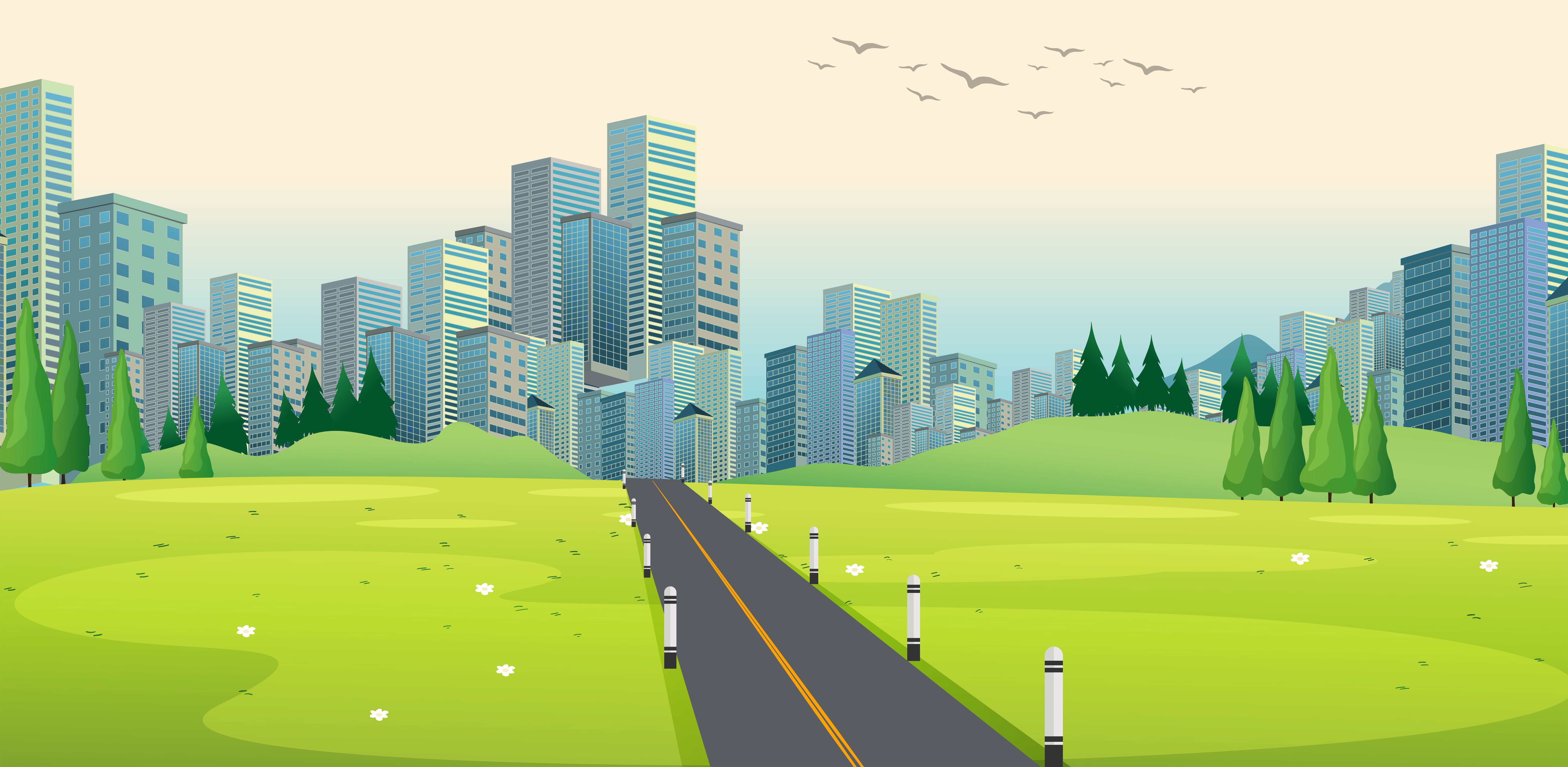The Complete Guide to Urban Planning and How it Affects Your Daily Life

By Michael Jumba
What is Urban Planning?
Urban planning is "the process of designing and implementing public policies to manage urban growth and change" (Brinkhoff, 2022; Campbell, 2020; Caves & Porter, 2017; Duany, Plater-Zyberk, & Speck, 2010; Gehl, 2010; Glaeser, 2011; Jacobs, 2011; Kayden, 2012; Sassen, 2018; Slater, 2018). This process involves addressing various aspects of the built environment, such as land use, transportation, housing, economic development, environmental quality, utilities, and regional governance (Campbell, 2020).
Additionally, social equity issues such as poverty and race must be taken into account (Duany et al., 2010). Urban planning has a long history, dating back to ancient times when detailed plans for public spaces were devised to create organized cities (Brinkhoff, 2022).
The term "urban planner" was first coined in 1838 by Charles Landry (Duany et al., 2010). Public policy is the means by which governments implement decisions that affect society, and it is typically created and implemented at the state and local levels in the United States (Caves & Porter, 2017).
What are the Different Types of Urban Planning?
Urban planning involves "designing and controlling the growth of a city or town" and determining the "land uses" within it (Bryson, Crosby, & Stone, 2015; Duany, Plater-Zyberk, & Speck, 2010; Slater, 2018). This includes different types of urban planning, such as:
- Urban design, which focuses on the physical elements of a city, including "buildings, parks, and streets" (Gehl, 2010).
- City planning, another type of urban planning, deals with "where buildings should be located in a city" to make it livable and attractive for its residents (Campbell, 2020; Bryson et al., 2015).
- Finally, urban development is an important aspect of urban planning as it "deals with how land can be used" to create jobs or affordable housing (Duany et al., 2010; Slater, 2018).
How Does Urban Planning Affect Your Daily Life?
Urban planning is the process of designing and controlling the growth of a city. It is a very important part of our daily lives, but we often don't realize it.
Urban planners are responsible for the design, implementation, and management of public spaces in a city. They use their skills to make sure that urban areas are safe and appealing to people from all walks of life.
The role of an urban planner can be summarized in three main points:
- Create and implement policies that will help improve quality of life for citizens
- Develop strategies for how cities should grow over time
- Work with communities to find solutions to problems
The Importance of Urban Planning in Our Everyday Lives
Urban planning is the process of designing and managing a city, town, or other area to suit particular needs. It is also the process of protecting and preserving that design.
Urban planners are responsible for designing and implementing programs to promote healthy communities and sustainable cities. They create plans for economic development, land use, transportation, housing, environmental protection, historic preservation, public safety and more.
The Importance of Urban Planning in Our Everyday Lives cannot be over-emphasized. In today's world where population growth has exceeded the carrying capacity of many urban areas there is a need for planners to find ways to make urban areas sustainable.
The challenges we face are not just increasing population but also climate change as well as other events that could have an impact on our daily lives. The goal of urban planners is to identify how urban planning can be used to address these challenges in order to make our everyday lives better than they would be without it.
References
- Brinkhoff, T. (2022). City Population. Retrieved from https://www.citypopulation.de/en/
- Campbell, S. (2020). The Art of City Making (2nd ed.). Routledge.
- Caves, R. W., & Porter, M. E. (2017). Urban Economics (9th ed.). McGraw-Hill Education.
- Duany, A., Plater-Zyberk, E., & Speck, J. (2010). The Smart Growth Manual. McGraw-Hill Professional.
- Gehl, J. (2010). Cities for People. Island Press.
- Glaeser, E. L. (2011). Triumph of the City: How Our Greatest Invention Makes Us Richer, Smarter, Greener, Healthier, and Happier. Penguin Press.
- Jacobs, J. (2011). The Death and Life of Great American Cities (50th Anniversary ed.). Modern Library.
- Kayden, J. S. (Ed.). (2012). Urbanization: An Introduction to Urban Geography (3rd ed.). Pearson.
- Sassen, S. (2018). Expulsions: Brutality and Complexity in the Global Economy. Harvard University Press.
- Slater, T. R. (2018). The Evolving Urban Form: Delhi. World Bank Publications.
- Bryson, J. M., Crosby, B. C., & Stone, M. M. (2015). Designing and implementing cross-sector collaborations: Needed and challenging. Public Administration Review, 75(5), 647-663.
- Campbell, S. (2020). The art of city-making. Routledge.
- Duany, A., Plater-Zyberk, E., & Speck, J. (2010). The smart growth manual. McGraw Hill Professional.
- Gehl, J. (2010). Cities for people. Island Press.Slater, T. R. (2018). Urbanization: An introduction to urban geography. Routledge.


